
Lean Six Sigma White Belt
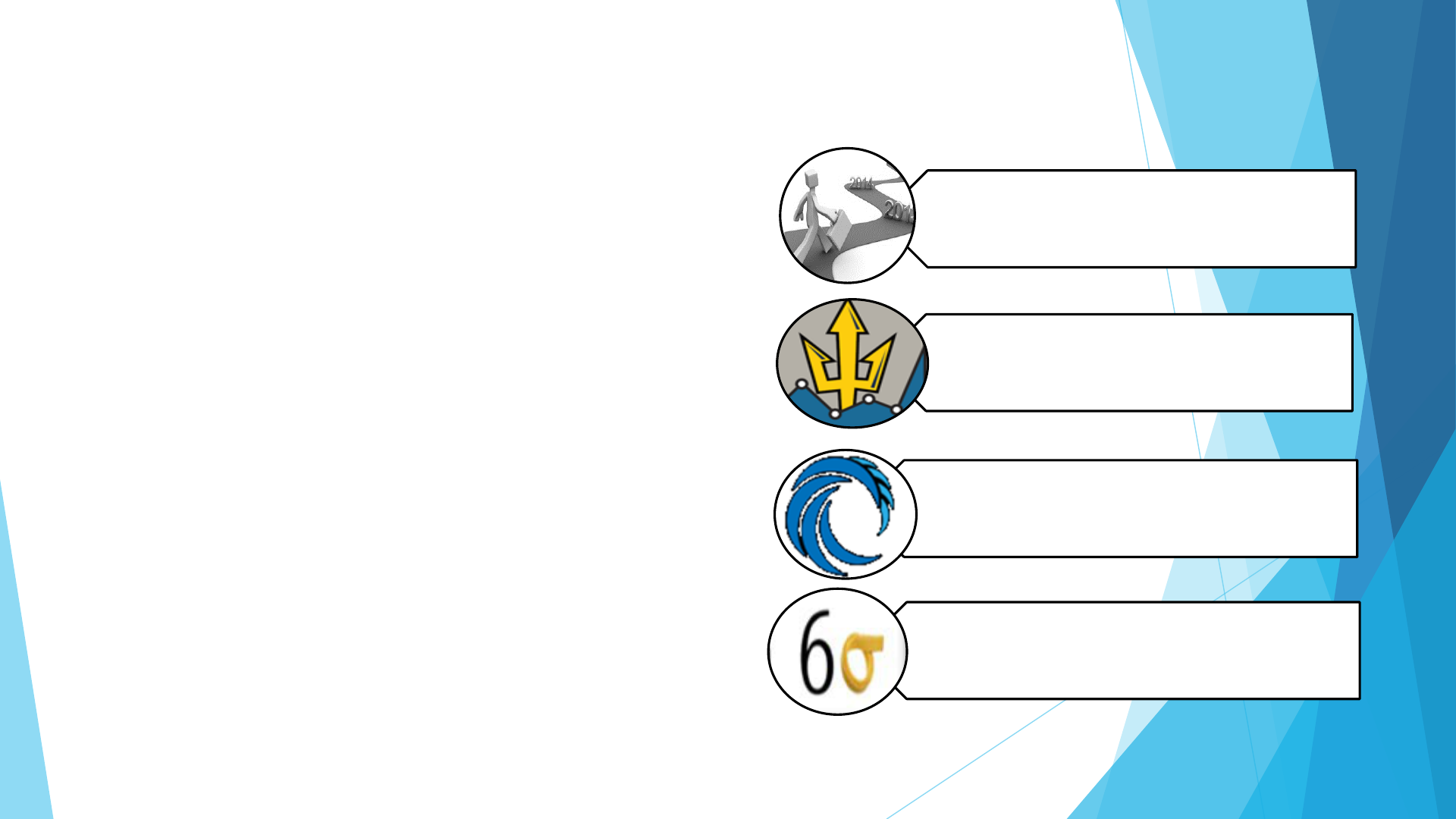
About Operational Strategic Initiatives
Mission
To continuously advance the
framework for UC San Diego’s
sustainable excellence by identifying
opportunities and providing solutions
that improve overall service,
dedication to people, and financial
stewardship.
Strategic Planning and
Initiatives
Tritonlytics
Innovation Management
Continuous Improvement
Projects and Workshops

Chancellor Support, Scholarships, OSI, Measurements
Projects
Projects Projects
Continuous
Improvement
Project
Management
Change
Management
Data
Analysis
Ideation Program, Trainings,
Communities of Practice
Top-
Down
Support
Bottom-
Up
Support

SPEED
ACCURACY RESULTS
What is Lean Six Sigma?

LSS Belt Levels
Black Belt
White Belts:
1. Basic LSS Terminology
2. How to identify Process
Issues
3. LSS Concepts

LSS Belt Levels
Black Belt
Yellow Belts:
1. Basic LSS Tools Application
2. How to identify root cause
3. How to select improvements

LSS Belt Levels
Black Belt
Green and Black
Belts:
1. Project-based application
2. How to measure
effectiveness of changes
3. How to leverage tools
effectively

Basic LSS Concepts
Everything we
do is a process
with a supplier
and customer
All processes
have variation
and waste – no
process is
perfect
All variation
and waste has a
cause
Known
causes can
be
eliminated,
reduced or
controlled

Pursuit of Perfection
To achieve Six Sigma, a process must fit within the customer specification
limits 99.9997% of the time
(i.e., only 3.4 out of 1 million instances are considered defects).
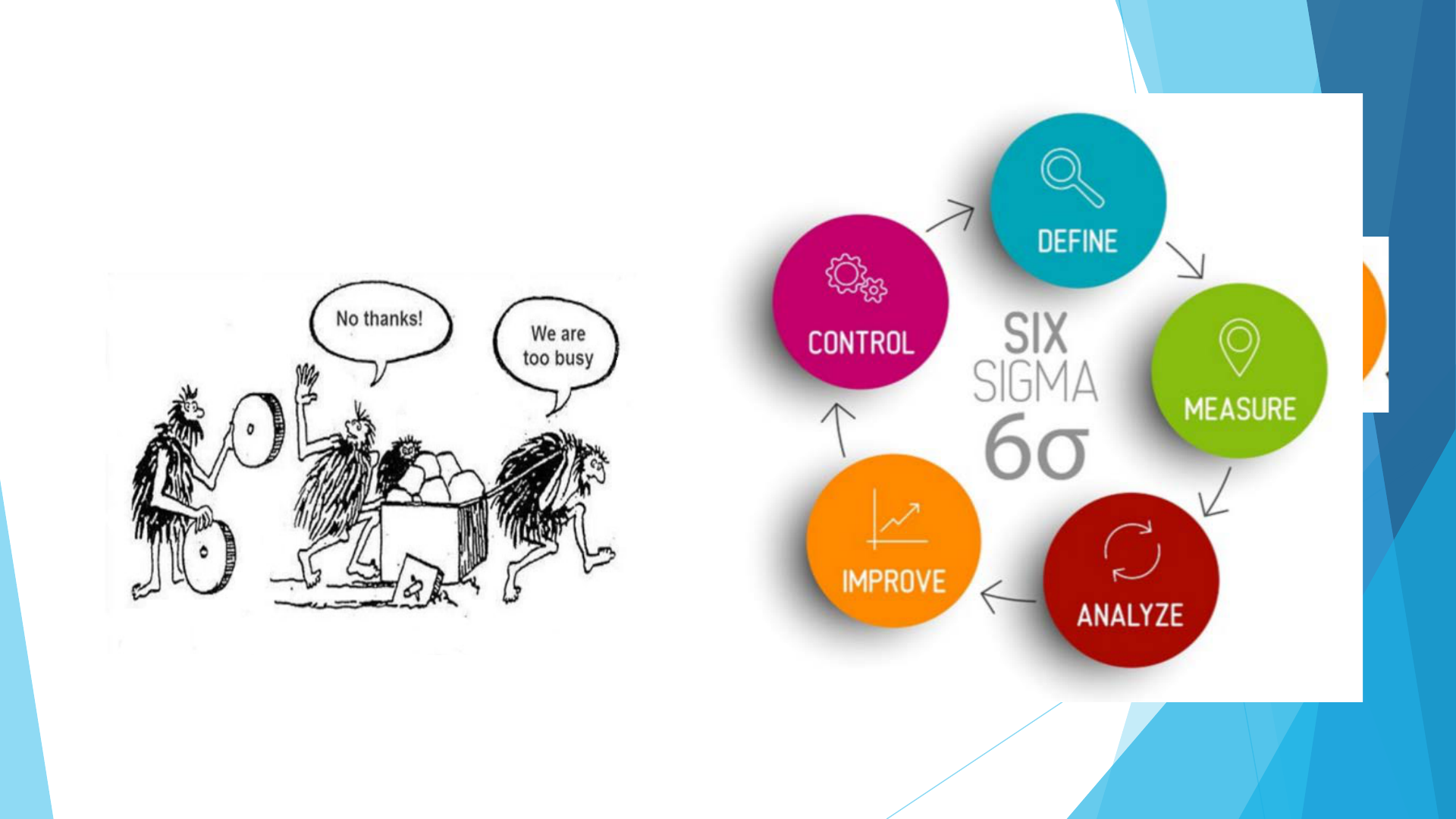
DMAIC Model
Problem Solving

Define: Project Charter
Business Case
Why is it important for the
business to complete this project?
What is the financial impact?
Scope
What’s in?
What’s out?
Team Members
Resources accessible to the team
Schedule

Define: Voice of the Customer (VOC)
VOC activities translate what customers say they
want into customer requirements: i.e., what customers find
“critical to quality” (CTQ) and what they define as a “defect.”
Defects can then be measured.
Continuous OR Discrete data?
Customer
Comment
Customer CTQ Customer
Definition
of Defect
Metric
What is being said? What is important to
customer?
What is not
acceptable for the
customer?
How will you measure
outcomes?
(time / pass-fail /
temperature / etc.)
Is there only one cook
back there or what!?
Food prep time Food takes too long to
prepare
45 seconds or less

Gemba Walk
• Gemba means “the real place” in Japanese
• Learn through observation and engagement: go to
the source(s) to experience a process firsthand
• Test your assumptions about a process against reality
• Go see, ask why, show respect
• Focus on the process, not evaluating the
people performing the process steps

Critical Path
Problem: How to make a complex process map into a linear Value
Stream Map?
Start
End
…the most common path
…the most costly path
…the longest path

Measure: Value Stream Mapping
■ Follow a product or service’s production path from beginning
to end.
■ Draw a visual representation of every process step in the
current material and information flows.
Start
End
Process
Process
Process
Process
Process
Process
Process
time
Wait time
Process
time
Wait time
Process
time
Wait time
Process
time
Wait time
Process
time
Wait time
Process
time

Analyze: Value Add Defined
Value Added to Customer: Process steps that matter to customers
Value Added to the Business: process work that does not create value from the
standpoint of the customer
Waste: Steps that create no value and can be eliminated
Value add requirements:
▪ The activity physically changes the product (or adds important information).
▪ The activity must be done right the first time (i.e., it should not be rework).
▪ Customers must be willing to pay for it.
Value
Added
Pure Waste
Business
Value
Added
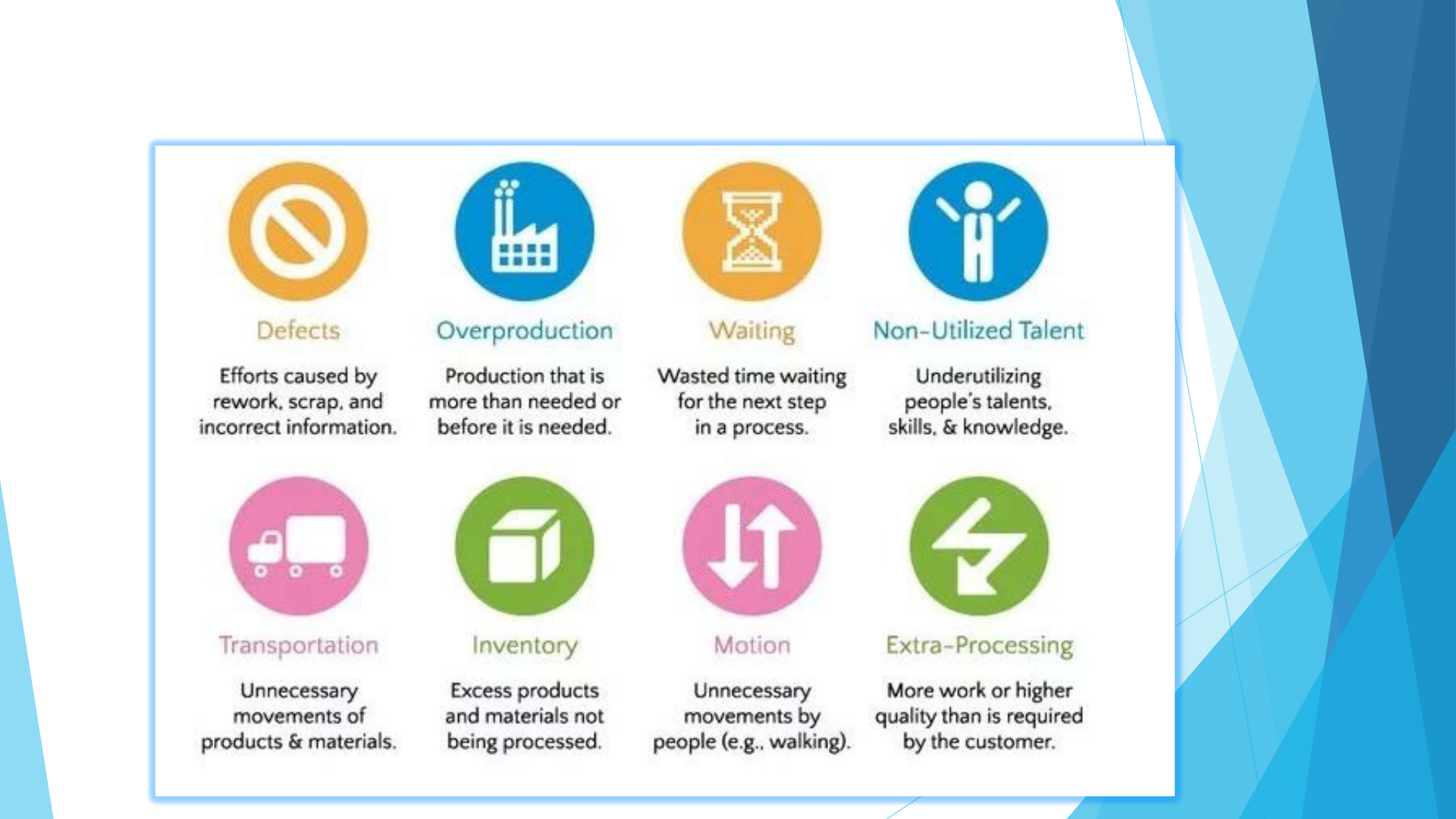
8 Wastes: DOWNTIME

Analyze: Cause-and-Effect Diagram
A cause-and-effect diagram shows possible relationships between
potential causes in order to identify likely “root” causes.
• Can also be called a “Ishikawa” diagram or a “Fishbone” diagram
• Major causes and root causes make up the bones of the fish and are
grouped into categories
• Use the ‘5 Whys’ technique to get to the root cause
Problem
Mother
Nature
Process
People
Materials
Machine
Measurement

Rain
Power washing
Foot traffic
Climate Change
Cheap concrete
Earthquakes
Moving heavy
equipment
Age
Vandalism
Skateboards
Floors crumbling
Mother Nature
Process
People
Materials
Machine
Measurement

Analyze: 5 whys
Monument floors are crumbling – Why?
Harsh chemicals and power washing needed often – Why?
Lots of bird droppings – Why?
Many more tasty spiders around – Why?
Lots of yummy gnats around – Why?
Gnats are attracted to the lighting – Why?
Gnat biology – Why?

Frequency Plot / Histogram
■ A picture of the variation in a process
■ Reveals patterns that provide clues to certain types of
problems
■ Rough check if data are distributed normally

Run Charts and Examples of Signals
■ Trend:
6 or more points in a row
increasing or decreasing
■ Process Shift:
8 or more points in a row
above or below the mean
■ Bias or Sampling Problem:
14 or more points in a row
alternating up and down
(“saw tooth”)
Run Chart: Reveals trends over time and forms the basis for Control Charts that
check statistical significance of process variation.
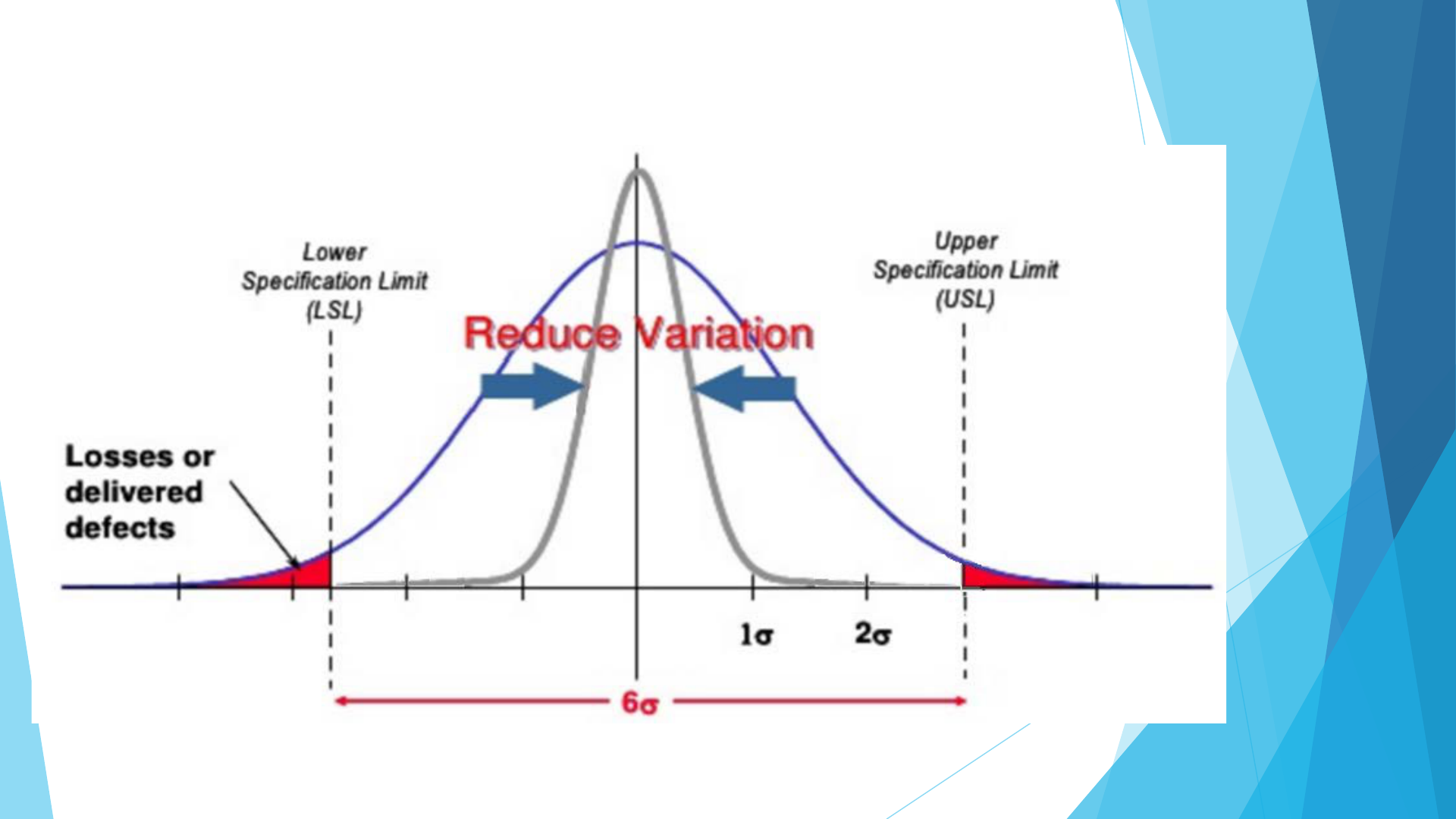
Process Capability
To achieve Six Sigma, a process must fit within the customer specification limits 99.9997% of the time
(i.e., only 3.4 out of 1 million instances are considered defects).

Process Sigma Definition
■ Process Sigma (or σ) is a statistical concept that represents how
much variation there is in a process relative to customer specifications.
■ The Process Sigma value is based on defects per million opportunities.
■ “Six Sigma” is defined as 3.4 Defects Per Million Opportunities.
Lots of
variation
Hard to produce output with
customer requirements
(specifications)
Low sigma values
(0–2)
Moderate
variation
Very little
variation
Most output meets
customer requirements
Virtually all output
meets customer
requirements
Middle sigma values
(3–5)
High sigma values
(6)
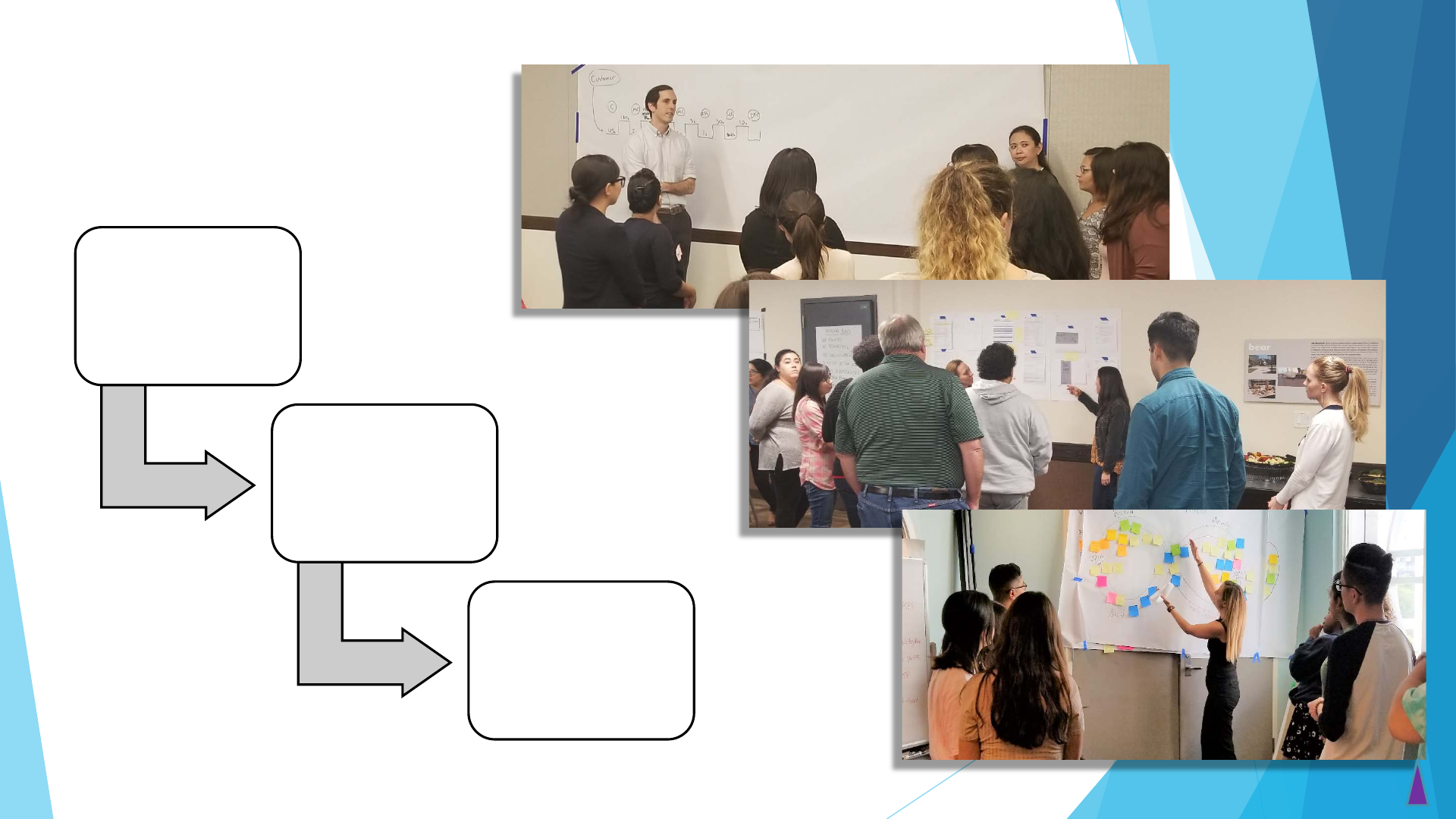
Kaizen Format
Measure
Current
Process
•Objective analysis
of current state
•Value Stream Map
•Data Driven
Prioritize
Solutions
•Identify biggest
opportunities to make
improvements
•Identify root causes
Develop
Action
Plan
• Assign owners
and deadlines
• Progress
Updates

Control and Reaction Plan
What needs to be measured?
What safeguards should be built in
to avoid errors?
What standard operating
procedures need to be developed?
Who, how, and when will we assess
our new process?
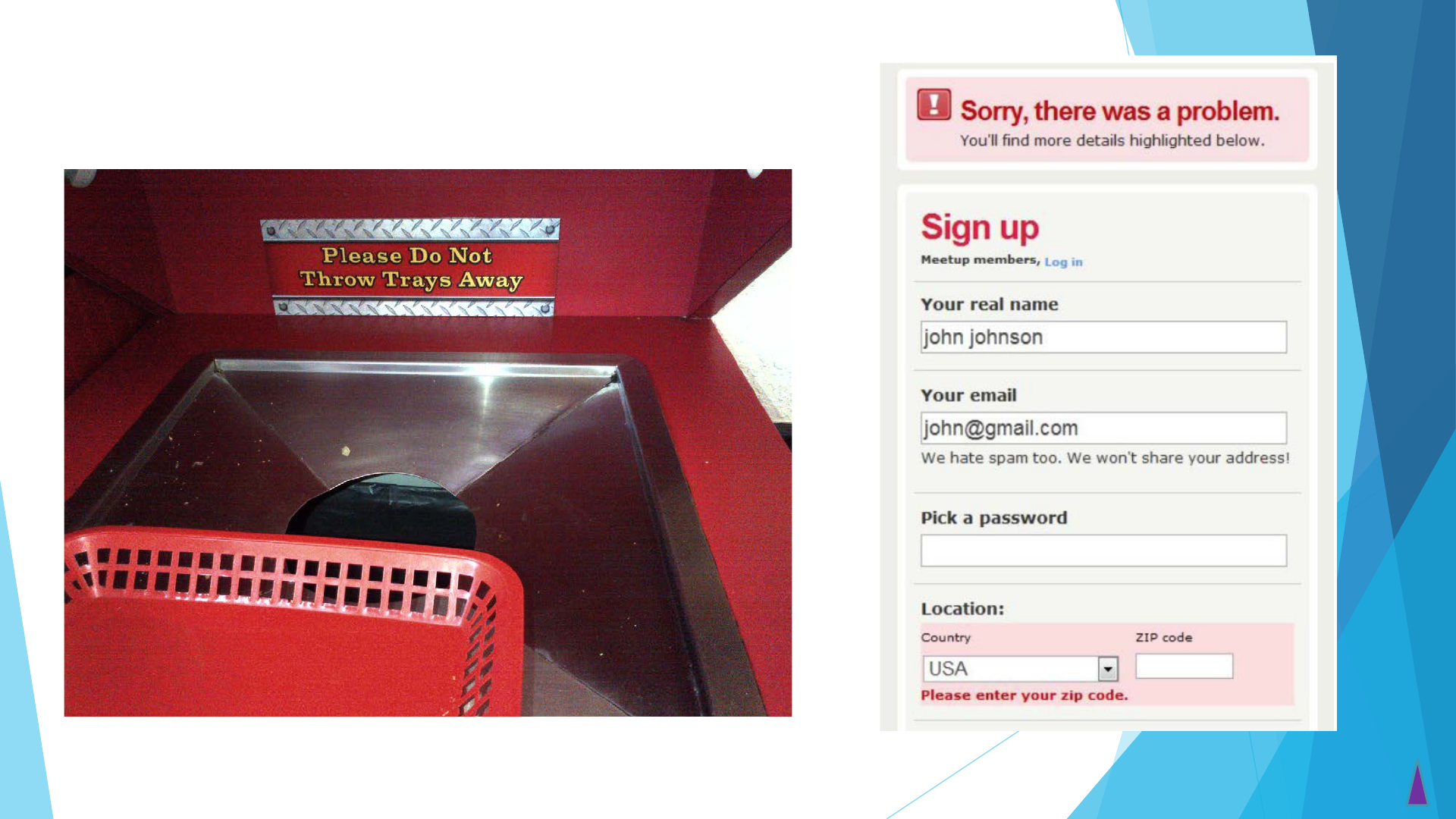
Controls: Mistake Proofing

Applications
Student employee travel requests returned fewer errors and reduced overall time by 7 days.
Travel Requests
Reduce resolution time for ITS systems downtime activity, resulting in more productivity,
less rework, greater compliance, and an annual savings of $250K ($285K to ~$3K).
Capacity
Reduce number of knife cuts in Housing Facilities by 50%
Safety
Create and implement process for tracking, measuring, and billing for oncology
drug waste in IV rooms. Results in approx. $1.6M annual revenue recovery
Inventory and waste
Improve UCSD Alumni Association Workzone tool to increase user satisfaction
survey score from 4 to 8.5 points
Quality
Reduce delivery time for ARUP lab paperwork to reach billing department
from 5-10 days to <5 days.
Billing
From the time a candidate is identified to the moment they received an official
offer letter, the cycle time was reduced from 5.5 months to 3.6 months.
Recruitment
Improve ITS onboarding process to eliminate unnecessary steps to increase
completion rate of onboarding form from 48% to 100%
Onboarding

Key Takeaways
LSS empowers employees at all levels to be change agents
Formal training provides a common language and tools
LSS emphasizes collaboration between departments, and can
address institutional silos
Change initiatives are more successful when true root cause is
addressed, and when all levels of staff are driving the change
Next Steps
What is your 15%?
Where do you have discretion and freedom to act?
What can you do without more resources or authority?

Thank you!
For more info regarding upcoming Lean Six Sigma
training and events, visit: osi.ucsd.edu
Or email us at: [email protected]u

Questions?
